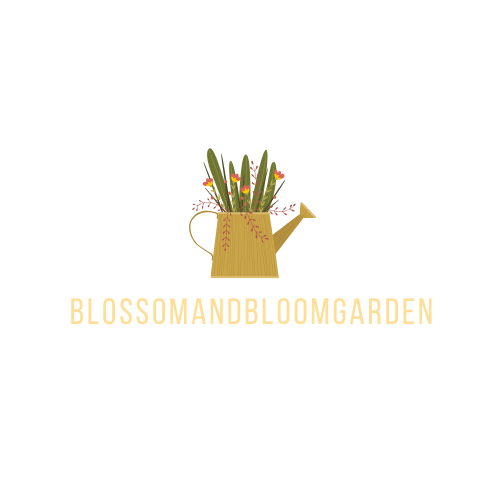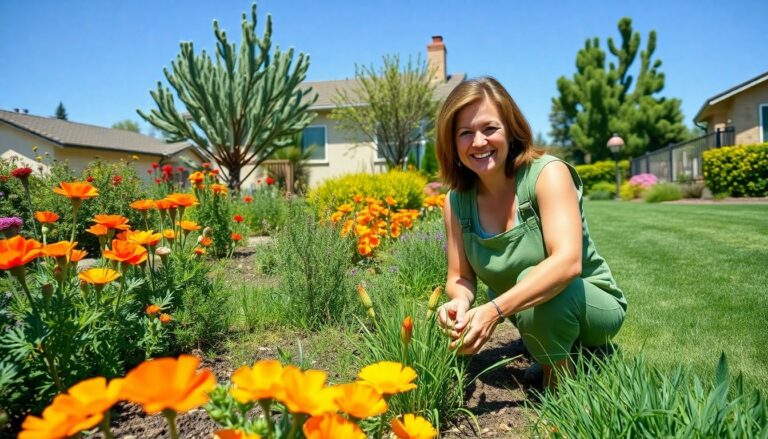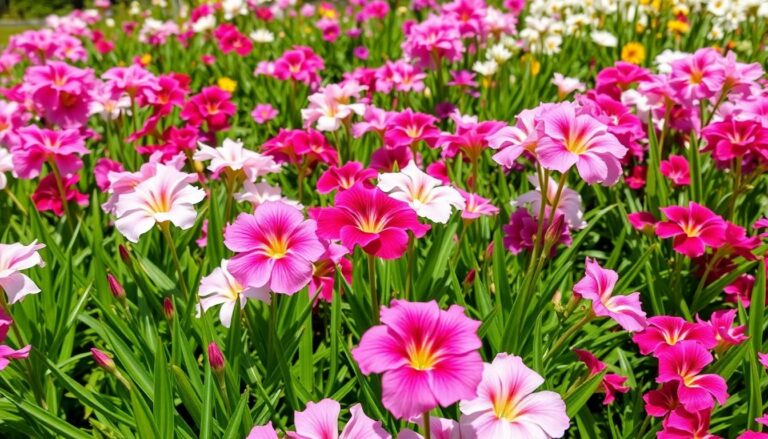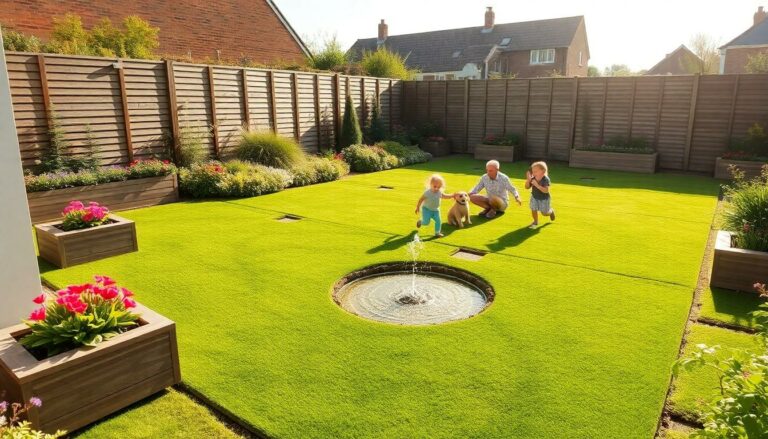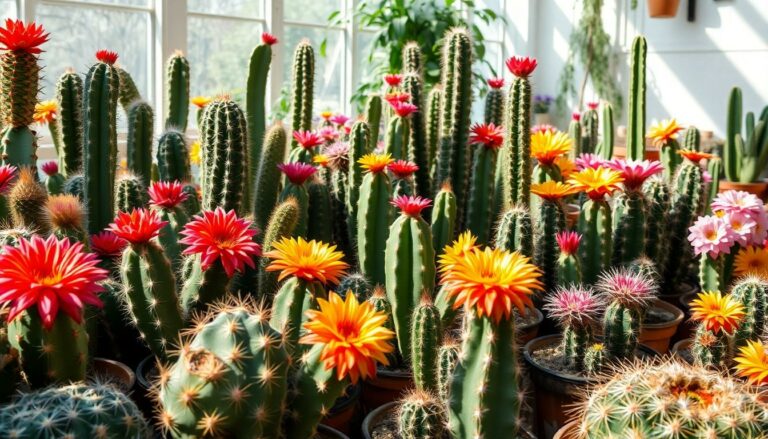The Best Fluffy Pancakes recipe you will fall in love with. Full of tips and tricks to help you make the best pancakes.
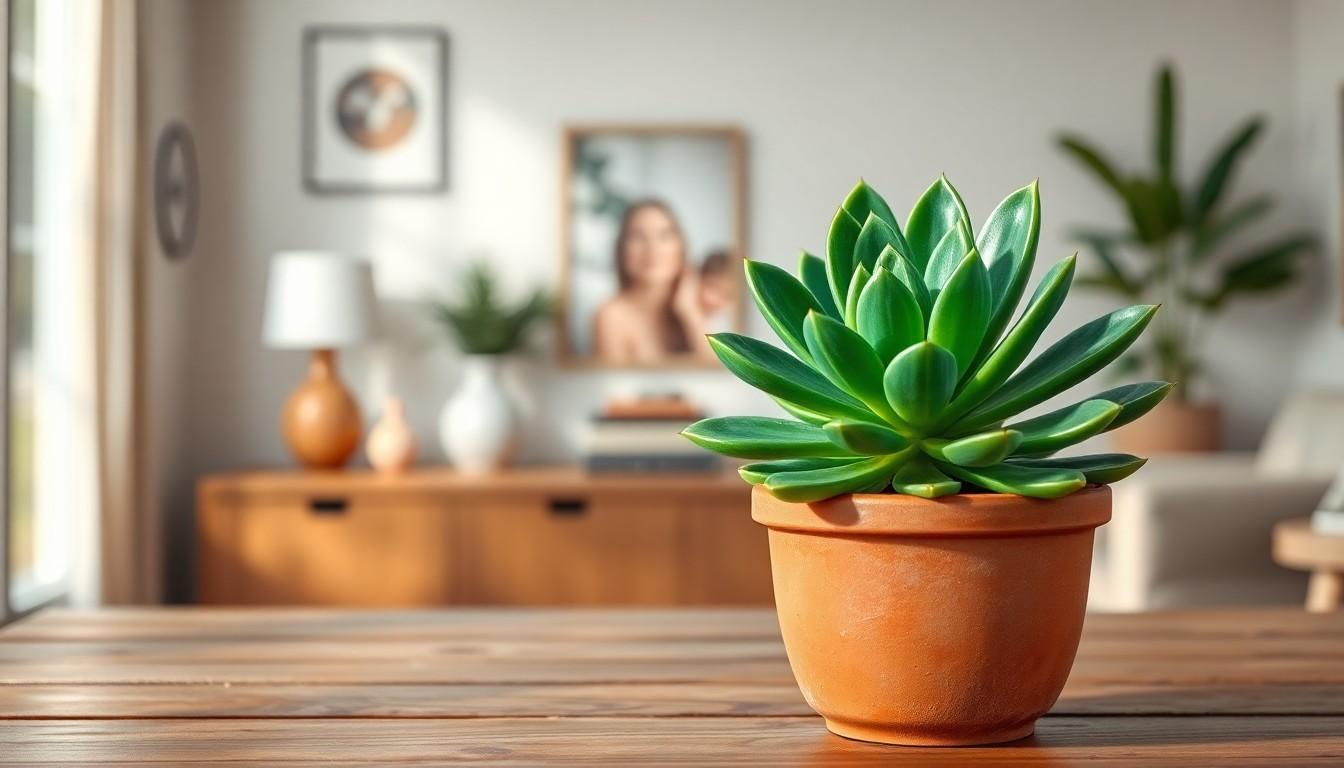
Jade Succulents: The Ultimate Low-Maintenance Plants for Every Home
Jade succulents are the ultimate green companions, bringing a touch of elegance and a sprinkle of good luck to any space. Known for their plump, glossy leaves and resilience, these little wonders are perfect for those who want to embrace their inner plant parent without the stress of high maintenance. Who wouldn’t want a plant that thrives on neglect?
Overview of Jade Succulents
Jade succulents, scientifically known as Crassula ovata, thrive in diverse environments. These plants typically exhibit thick, fleshy leaves that store water, allowing them to survive in arid conditions. Originating from South Africa, jade succulents have gained popularity worldwide due to their attractive appearance and easy care requirements.
Individuals often choose jade succulents for their unique aesthetic. They can grow several feet tall, making them suitable for various indoor spaces. Varieties include the classic green jade, which boasts smooth, vibrant leaves, and the variegated jade, characterized by white or yellow edges on the leaves.
Cultivating jade succulents requires minimal effort. Soil should be well-draining, such as a cactus mix, allowing excess moisture to escape. Watering these plants every few weeks during the growing season suffices; overwatering can lead to root rot.
Many plant enthusiasts appreciate jade succulents for their symbolic meaning. In some cultures, these plants represent good luck and prosperity, adding to their allure for new and experienced gardeners alike.
Light conditions play a crucial role in the growth of jade succulents. Direct sunlight encourages lush foliage, while insufficient light may lead to leggy growth. Positioning them in bright, indirect light enhances their health and visual appeal.
With their durability and charm, jade succulents stand out as an ideal choice for anyone looking to introduce greens to their home or office.
Care Requirements
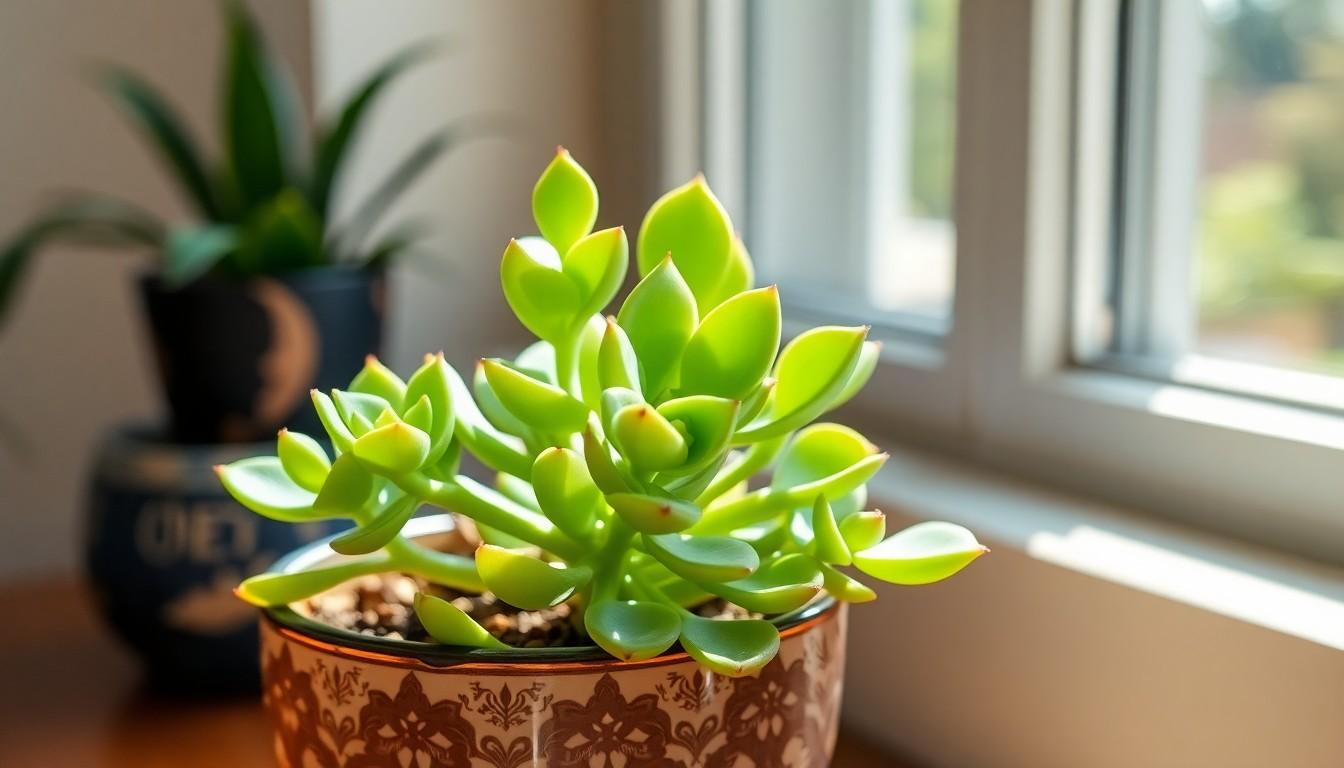
Caring for jade succulents is straightforward. They need specific attention to thrive.
Light Conditions
Bright indirect light supports optimal growth. Direct sunlight can scorch the leaves, while insufficient light may stunt their development. Place jade succulents near windows with filtered sunlight. A south-facing window often provides ideal conditions. Adjusting their location if they start to droop helps maintain healthy foliage.
Watering Needs
Infrequent watering is crucial for jade succulents. Allow the soil to dry completely between watering sessions, typically every two to three weeks. Overwatering can lead to root rot, which is harmful to these plants. A thorough watering helps saturate the roots, but ensure excess water drains away. Observing the leaves helps gauge needs; shriveled leaves indicate it’s time to water.
Soil and Fertilization
Well-draining soil is essential for jade succulents. A cactus or succulent mix works well, or adding perlite to regular potting soil enhances drainage. Fertilization is not often necessary but can benefit growth. Using a balanced, diluted fertilizer during the growing season offers nutrients without overwhelming the plant. Focus on annual feeding for robust foliage and vitality.
Popular Varieties
Jade succulents come in several popular varieties, each showcasing unique characteristics.
Common Jade Plant
Common jade plants, or Crassula ovata, feature thick, oval-shaped leaves that emit a vibrant green hue. These plants typically grow upright, making them suitable for indoor decor. Minimal care is required, as they thrive in bright indirect light and adapt to various climates. Foliage can reach up to three feet in height when adequately nurtured. Additionally, common jade plants can produce small, star-shaped flowers, adding to their charm. This variety symbolizes good fortune and is often gifted for significant life events.
Rainbow Jade
Rainbow jade, also known as Crassula ovata ‘Hummels Ghost’, features a beautiful blend of colors. Its leaves exhibit a mix of green, cream, and pink, creating an eye-catching appearance. This variety typically grows to about two feet tall and prefers similar care as the common jade plant. Direct sunlight enhances its vibrant colors, whereas indirect light keeps the plant healthy. Rainbow jade has a bushy growth habit, making it an attractive option for landscaping and container gardening. Many enthusiasts appreciate this variety for its unique color variations and aesthetic appeal.
Benefits of Growing Jade Succulents
Jade succulents offer multiple advantages beyond their low maintenance requirements. Their unique characteristics enhance indoor spaces and contribute positively to the environment.
Air Purification
Air purification plays a crucial role in any indoor environment. Jade succulents remove toxins from the air, including formaldehyde and benzene. By absorbing these harmful substances through their leaves, they improve overall air quality. Furthermore, they release oxygen during the day, promoting a fresh atmosphere. Integrating jade succulents into living areas aids in creating a healthier home.
Aesthetic Appeal
Aesthetic appeal significantly contributes to the popularity of jade succulents. Their vibrant, glossy leaves provide an attractive focal point in any room. Varieties such as the classic green jade and rainbow jade showcase stunning colors, enhancing visual interest. Additionally, their unique shapes and growth habits fit various design styles, from modern to traditional. Many people choose jade succulents for desk spaces and countertops, enriching the overall ambiance in homes and offices.
Common Issues and Solutions
Jade succulents may face a few common problems, but with the right guidance, they can thrive effortlessly.
Pest Management
Aphids and mealybugs often attack jade succulents. Regular inspection for pests helps catch infestations early. Natural solutions include using insecticidal soap or a gentle spray of water to clear them off. Neem oil serves as an effective treatment as well, coating and suffocating pests. Maintaining proper airflow aids in preventing pest issues, making them less likely to establish. Quarantine any new plants before introducing them to ensure a healthy environment for existing jade succulents.
Diseases
Root rot stands as the most prevalent disease affecting jade succulents. Signs include yellowing leaves and mushy stems, indicating overwatering. Ensuring well-draining soil minimizes this risk, as it allows excess moisture to escape. Fungal infections also pose a threat, especially in high humidity settings. Removing affected leaves and ensuring adequate light can help combat these issues. Keeping the humidity levels low and avoiding water on the leaves improves overall plant health.
Conclusion
Jade succulents are an excellent choice for anyone seeking a low-maintenance plant that brings beauty and positivity into their space. Their ability to thrive in various environments makes them versatile additions to homes and offices alike. With minimal care requirements and stunning varieties to choose from, these resilient plants can enhance any décor.
Moreover, jade succulents contribute to better air quality while adding a touch of elegance. By understanding their specific needs and addressing potential issues, anyone can enjoy the charm of jade succulents for years to come. Embracing these delightful plants not only enriches one’s living space but also fosters a connection with nature.
